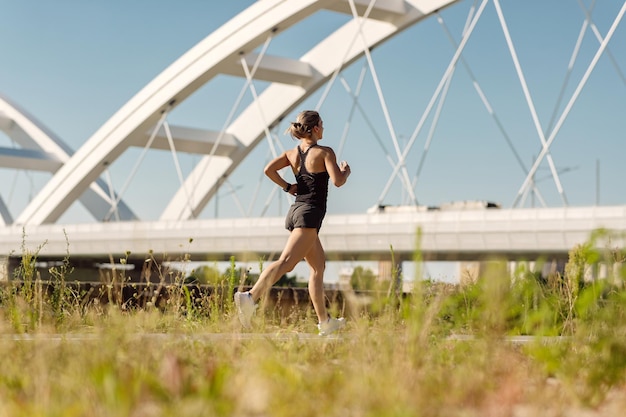In today’s fast-paced world, rest often gets overlooked in favor of constant movement and productivity. But recovery is not laziness—it’s a vital part of any fitness or wellness journey. One of the most effective ways to support your body’s healing process is through active recovery: low-intensity movement that promotes circulation, reduces soreness, and enhances mental clarity.
The best part? You only need 15 minutes a day to experience real benefits. Whether you're a weekend warrior, a desk worker, or someone just starting to prioritize wellness, this guide offers practical advice, tracking methods, motivation cues, and insights into supportive supplements.
Active recovery involves engaging in gentle physical activity to help your body recover from more intense workouts. Unlike passive recovery (complete rest), active recovery increases blood flow to muscles, which helps clear metabolic waste and deliver nutrients for repair.
Examples include walking, light cycling, yoga, stretching, or swimming. These activities keep your body moving without adding stress—making them ideal for daily integration.

You don’t need hours to see results. Research and expert guidance suggest that even short bursts of movement can significantly improve recovery and long-term adherence to healthy habits. A 15-minute window is manageable, sustainable, and effective—especially when done consistently.
Benefits of daily 15-minute active recovery include:
Begin with a repeatable 15-minute routine. Here’s a sample structure:
Repeat this daily, adjusting based on how your body feels. Track your progress using a simple journal or app.
Consistency grows from awareness. Use these tracking ideas:
Motivation fades—cues keep you going. Try these science-backed strategies:
While nutrition should come first, certain supplements may enhance recovery when used appropriately:
Always consult a healthcare provider before starting any new supplement, especially if you have underlying conditions.
The key to success isn’t intensity—it’s consistency. By dedicating just 15 minutes a day to active recovery, you’re investing in long-term resilience, performance, and well-being. Start small, track your efforts, use cues, and listen to your body.
Remember: recovery isn’t a break from progress—it’s part of it.

Wellness

Wellness

Wellness

Wellness

Fitness

Wellness

Wellness

Fitness

Fitness

Fitness

Fitness

Fitness

Health

Fitness

Health

Health